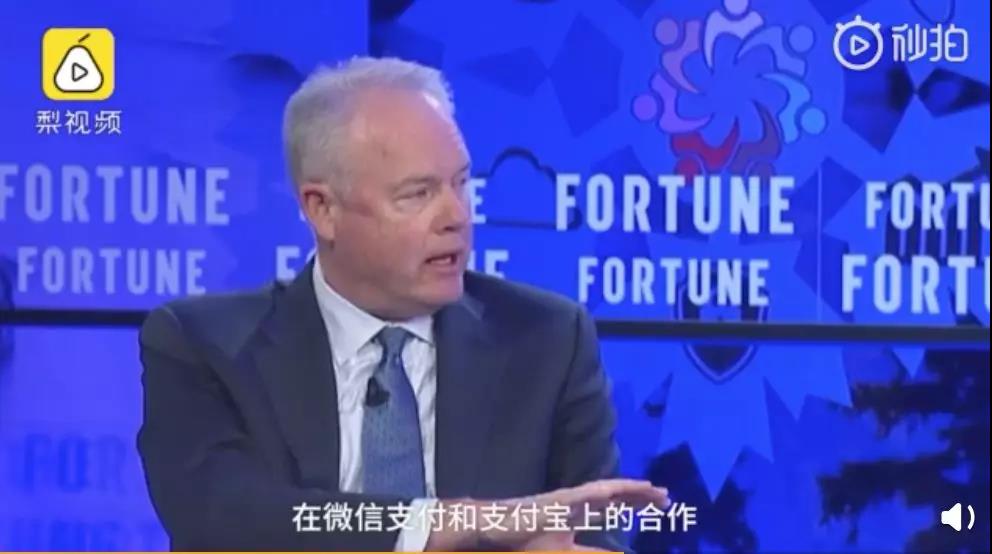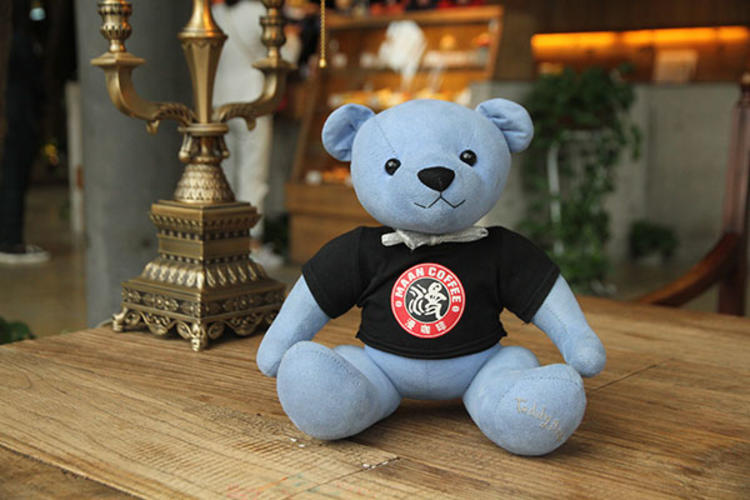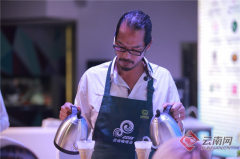Starbucks: there has been no shortage of competitors in the past 47 years, and we are not afraid of luck in the Chinese market!
Starbucks' global CEO:47 has no shortage of competitors for many years, and it is not afraid of luck in the Chinese market.
October 15, luckin coffee Luckin Coffee also settled in seven new cities-Ningbo, Suzhou, Changsha, Zhengzhou, Qingdao, Wuxi and Dalian, 80 + stores will open one after another! So far, Luckin Coffee's stores have expanded to 21 cities, all first-and second-tier cities!
I have to admit, the expansion rate of Luckin Coffee stores is very crazy. Starbucks has only laid out 3400 stores since it entered China for 19 years. Lucky has opened more than 1100 stores and plans to complete the layout of 2000 stores by the end of the year!
It is understood that Starbucks had about 1500 stores in China at the end of December 2014! In other words, it took Luckin Coffee nearly four years to grow the number of stores that Starbucks plans to complete in a year.
Luckin Coffee laid out thousands of stores to compete for the coffee market within 10 months, and challenged the industry leader. Ruixing is growing at a rate of almost 100 stores a month. Qian Zhiya, founder of Luckin Coffee, once said: "We will be a very strong competitor to Starbucks."

However, Starbucks CEO Kevin Johnson has made no secret of Starbucks' ambition to expand massively in China. With an overwhelming sales volume of 800000 cups a day, Starbucks can indeed claim that there has been no shortage of competitors for 47 years and is not afraid of luck in the Chinese market.
Starbucks Global CEO: on average, one new store opens every 15 hours.
Not long ago, Starbucks announced the largest store closure and layoffs in history! According to the plan, Starbucks will close 150 stores in 2019, followed by Starbucks announcing layoffs at the top, the highest of which is Starbucks' CFO.

China is Starbucks' biggest growth market, opening a new store every 15 hours on average and plans to open 600 stores a year over the next five years, Starbucks CEO Kevin Johnson said in an interview at the Fortune Global Forum in Toronto on Oct. 16.

At present, Luckin Coffee has entered 14 cities, but Starbucks has laid out more than 140 cities, which is 10 times that of Lucky. Since Starbucks entered the Chinese market in 1991, China has become Starbucks' fastest growing and largest overseas market. At present, Starbucks has opened more than 3400 stores in more than 140 cities in China.
Despite Luckin Coffee's astonishing pace of store expansion, Chinese mainland is also opening faster, with plans to double the number of stores in the Starbucks market to 6000 new cities by the end of fiscal year 2022 (end of September 2022).
In contrast, the operating costs of the two stores, Starbucks offline physical stores are high costs, lucky coffee shop in a variety of forms, not all stores are big stores, here to save a lot of opening costs.

Starbucks CEO Johnson: Starbucks' new retail, completing the partnership between Wechat and Alipay
Kevin Johnson, CEO of Starbucks: there are two transformative elements for modern retailing, one is to create consumption goals for customers, and the other is to connect with mobile. Through cooperation with Alipay and Wechat, Starbucks has done so in China.
In the past two decades, Starbucks has always emphasized its brand advantages and advocated the community spirit of harmonious coexistence in China's traditional offline coffee market.
Starbucks creates a warm and free consumption environment for customers, encourages store staff to communicate with customers, so that customers can happily integrate into the "third space", whether alone or together. At the beginning of its establishment, Starbucks focused on customer experience. Schultz wanted Starbucks to be a place full of on-the-spot and romantic warmth. But now that experience is hard to achieve in most stores, paper cups are replacing mugs and sofas are being replaced by wooden chairs that are not suitable for long stay.

For the coffee retail format, the market changes in recent years are dazzling, but for Starbucks, further brand upgrading is also a good choice, opening more boutique stores such as bakeries, it is also a means for Starbucks to cope with the competition.
Starbucks, which insists on a "third space" coffee culture, had high expectations of China when Schultz came to China for a "farewell trip" some time ago. "China is already Starbucks' strongest market in the world." it will also replace the United States as Starbucks' largest market in the future. " Whether Starbucks can plan as big as COE expects depends on Starbucks' quality control and service.

Important Notice :
前街咖啡 FrontStreet Coffee has moved to new addredd:
FrontStreet Coffee Address: 315,Donghua East Road,GuangZhou
Tel:020 38364473
- Prev

Korean coffee brands have failed in China. Is there any hope for Chinese coffee brands in the Great Leap forward?
Professional coffee knowledge exchange more coffee bean information Please follow the coffee workshop (Wechat official account cafe_style) when a typical relevant investor is eager to enter the Chinese market, what factors will mess things up? A large-scale cafe expansion is in the pipeline. Seesaw announced last month that it had received 45 million RMB A round investment from Baifu Holdings, a subsidiary of Hony Capital.
- Next

The first Yunnan Fine Coffee Culture Festival kicked off on the 26th with the participation of many local coffee brands in Yunnan.
Professional coffee knowledge exchange more coffee bean information please follow the coffee workshop (Wechat official account cafe_style) October 26-28, the fourth Yunnan Coffee Cup China Brewing Competition Kunming Station and Yunnan's first boutique Coffee Culture Festival will kick off in Nanqiang streets, when 18 sea-selected coffee brewers will gather together to compete for the finals of this year's China Brewing Competition.
Related
- Detailed explanation of the proportion of gold gouache in hand-brewed coffee? What are the Gold Cup Guidelines?
- What is the difference between the gold label rose summer and the red label rose summer in Guixia Village? Are Rose Summer 1931 and Gori Rose Summer?
- Cudi stores ban other brands of coffee?! Netizen: No problem
- Is it better to make coffee cold or hot? Why is it recommended to drink hot coffee?
- Lucky people collapsed! The store ceiling is full of AI surveillance cameras?!
- Law Enforcement Bureau? Mixue Ice City enters Zhengzhou BRT platform!
- Heavy! Nestlé has been exposed to consider selling blue bottle coffee!
- Compensation of 270 million yuan! Starbucks has been charged with violating labor laws more than 500,000 times!
- What are Xizhao coffee beans? Why did they become champion beans? How to rush to the manor on the dividing line in Colombia?
- What does channel effect mean in coffee? Why are there holes in the coffee powder cake?

